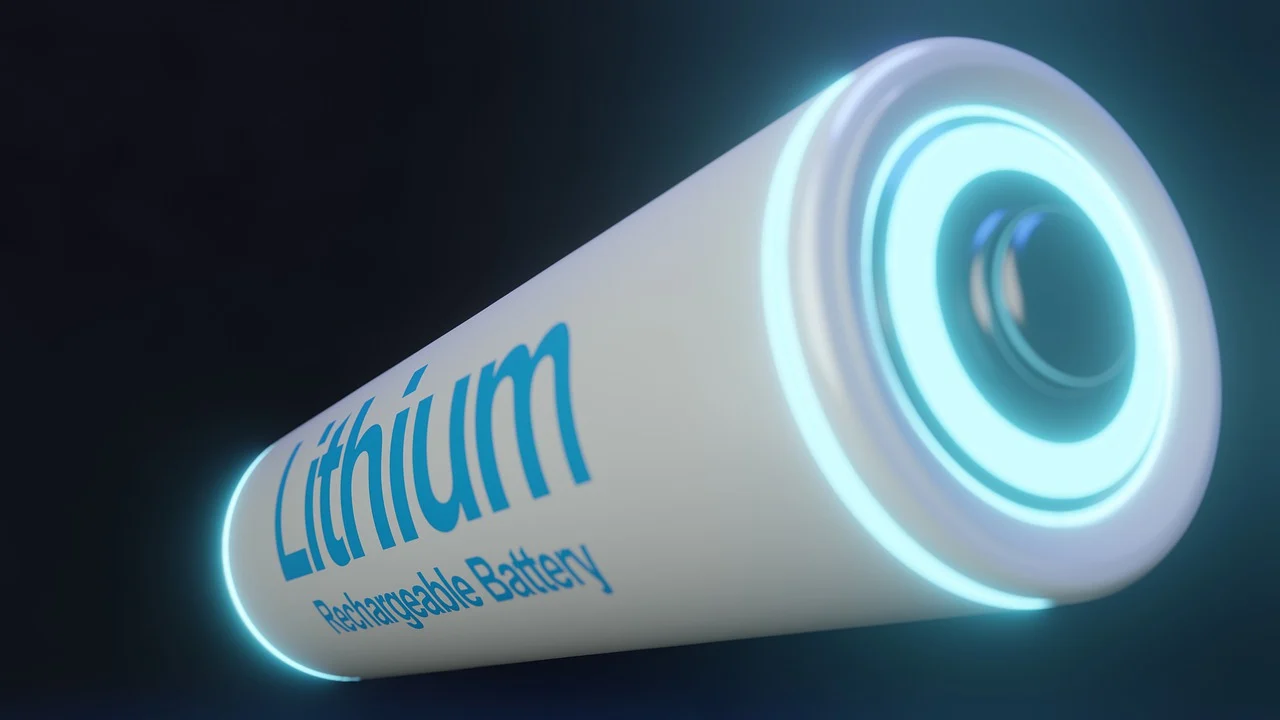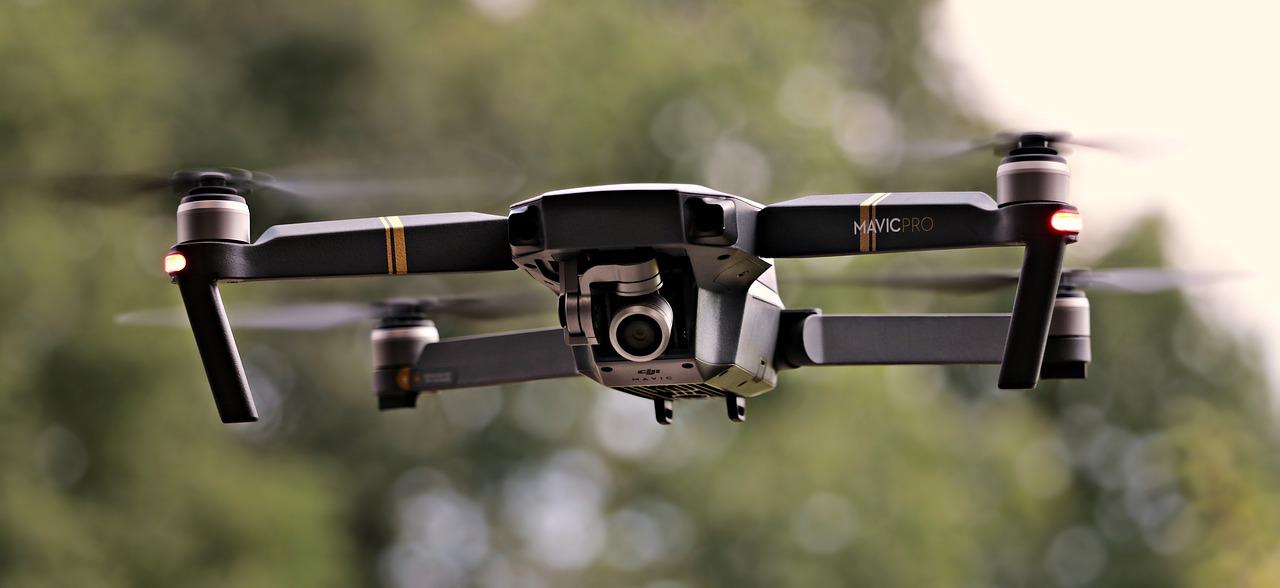As we turn more to renewable energy, rechargeable batteries become very important for a cleaner, greener future.
The Achilles’ Heel of Rechargeable Batteries: Limited Lifespan and Erratic Performance
Extending the lifespan and enhancing the performance of rechargeable batteries is vital. This is especially important as we strive to increase our reliance on renewable energy sources and achieve zero emissions.
Imagine if we could discover why batteries break down and make them last longer.
Get ready for groundbreaking research from scientists at the US Department of Energy’s Pacific Northwest National Laboratory (PNNL). They are about to unveil a hidden culprit that has baffled us for years.
For many years, scientists have been baffled by the emergence of strange mossy or tree-like growths on the electrodes of rechargeable batteries. These unusual structures, called solid electrolyte interphase (SEI), have traditionally been blamed for the declining performance of batteries.
However, a recent study by researchers from the PNNL questions this widely accepted belief.
Scientists studied old batteries and found something interesting: the growth of mossy or tree-like structures of lithium metal on battery electrodes is not what primarily causes performance decline; it’s more of a side effect.
To delve deeper into this, the team came up with a clever method that combined transmission electron microscopy with the precise control of tiny metal needles. Through their experiments, they uncovered an unexpected twist: as the battery’s voltage rose, the SEI layer started to show electron leakage, acting surprisingly similar to a semiconductor.
This discovery suggested a possible solution: reducing organic compounds in the SEI could potentially lead to much longer-lasting batteries.







